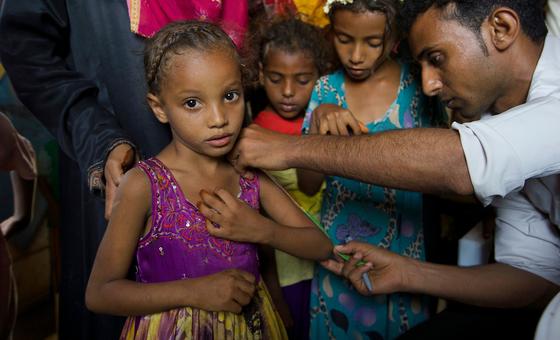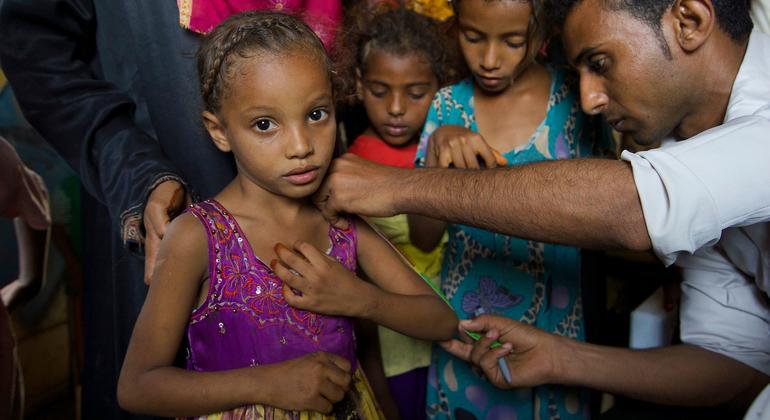
The UN humanitarian affairs office which he leads (OCHA), reported that in 2023, global funding requirements have surpassed $55 billion to support 250 million people affected by conflict, climate change, disease outbreaks, and other crises.
Faced with these record needs, less than 30 per cent of the target funding goal has been received.
‘Cruel reality’
“It is a cruel reality that in many humanitarian operations, aid agencies are scraping along with very little funding right at a time when people’s needs compel them to scale up,” said Emergency Relief Coordinator Griffiths.
“Thanks to the generosity of a vast range of donors, we can count on CERF to fill some of the gaps. Lives are saved as a result. But we need individual donors to step up as well – this is a fund by all and for all,” he continued.
Skyrocketing needs
The recent injection brings the emergency fund’s total support to more than $270 million this year.
This is the largest amount ever allocated, to the highest number of countries, reflecting skyrocketing needs and the fact that regular donor funding is not keeping pace.
“Funding, generally, is growing in absolute dollar terms. The main issue is that the needs are outpacing that growth, so the funding gap widens,” said OCHA Spokesperson Jens Laerke.
Tuesday’s CERF allocation will help scale up humanitarian assistance in some of the world’s most protracted and neglected crises, including: Afghanistan ($20 million), Yemen ($20 million), Burkina Faso ($9 million), Myanmar ($9 million), Mali ($8 million), Haiti ($8 million), Venezuela ($8 million), Bangladesh ($8 million), the Central African Republic ($6.5 million), Mozambique ($6.5 million), Uganda ($6 million), Cameroon ($6 million), the Occupied Palestinian Territories ($6 million), and Malawi ($4 million).



